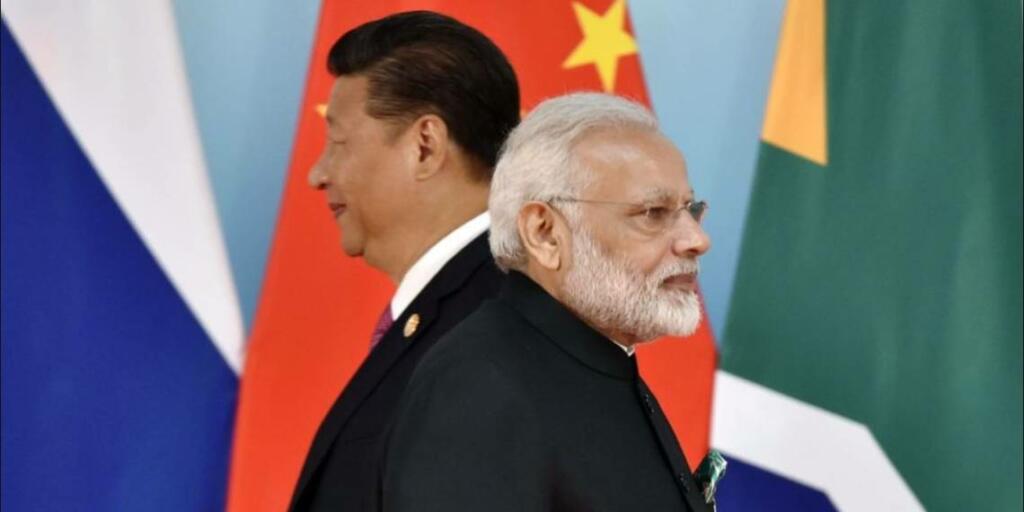In view of the face-off between the militaries of India and China in eastern Ladakh as well as infrastructure development by China along the border, New Delhi has ramped up its military and troop activity. Reportedly, in a historic shift, at least 50,000 troops have been redirected to the border to show China that it isn’t in for an easy fight in the region.
According to an ET report, all in all, India now has roughly 200,000 troops focused on the border, which is an increase of more than 40 per cent from last year. The number of troops has also been increased along the southern Tibetan plateau, with soldiers equipped with machine guns having joined the retinue of armed paramilitary personnel already stationed there.
The offence is the best form of defence and as India showed last year by occupying the strategically important mountain outposts — the further influx of troops will help the Indian Army attack and seize the Chinese-occupied territory if and when necessary.
The Indian Navy is also taking decisive action, putting more warships along key sea lanes for longer durations, studying China’s manoeuvres closely and preparing a contingency plan. In the northeastern state of Arunachal Pradesh, India has deployed its newly-formed Rafale squadrons. Deployment of the Rafale on the eastern front further enhances the IAF’s capability, which already has the Sukhoi-30MKIs stationed at Assam’s Tezpur and Chabua.
Meanwhile, Union Defence Minister Rajnath Singh on Sunday arrived in Ladakh to review the overall security situation in the hinterland and along the borders in the Union Territory. Accompanied by army chief General M.M. Naravane, Rajnath Singh took stock of the situation.
“Leaving New Delhi for Ladakh. During my visit, I shall be interacting with the troops and attending the inaugural function of several infrastructure projects constructed by the Border Roads Organisation (BRO). Looking forward to it,” the Minister had tweeted before leaving for Ladakh.
Leaving New Delhi for Ladakh.
During my visit, I shall be interacting with the troops and attending the inaugural function of several infrastructure projects constructed by Border Roads Organisation (BRO). Looking forward to it.
— Rajnath Singh (मोदी का परिवार) (@rajnathsingh) June 27, 2021
The Defence Minister’s visit to Ladakh holds significance as it comes days after India and China held a fresh round of talks and agreed to resolve ‘remaining issues’ to end the prolonged military standoff that began in May last year along the LAC in eastern Ladakh.
Earlier this year, the Defence Ministry had informed the parliament that connectivity on 59 roads had been achieved along the India-China border. Between March 2018 and 2020, the Border Roads Organization (BRO) had built 1,505 kilometres of roads, most of them in Jammu and Kashmir and Arunachal Pradesh. Even during the COVID-19 lockdown, the BRO constructed the Daporijo bridge over river Subansiri in Arunachal Pradesh, which strategically connects India to the LAC.
Border development holds the key to winning or losing the battle if events like Galwan transpire again in the future. While previous governments were lethargic in improving the infrastructure, the Modi government is working at an accelerated pace to improve it.
